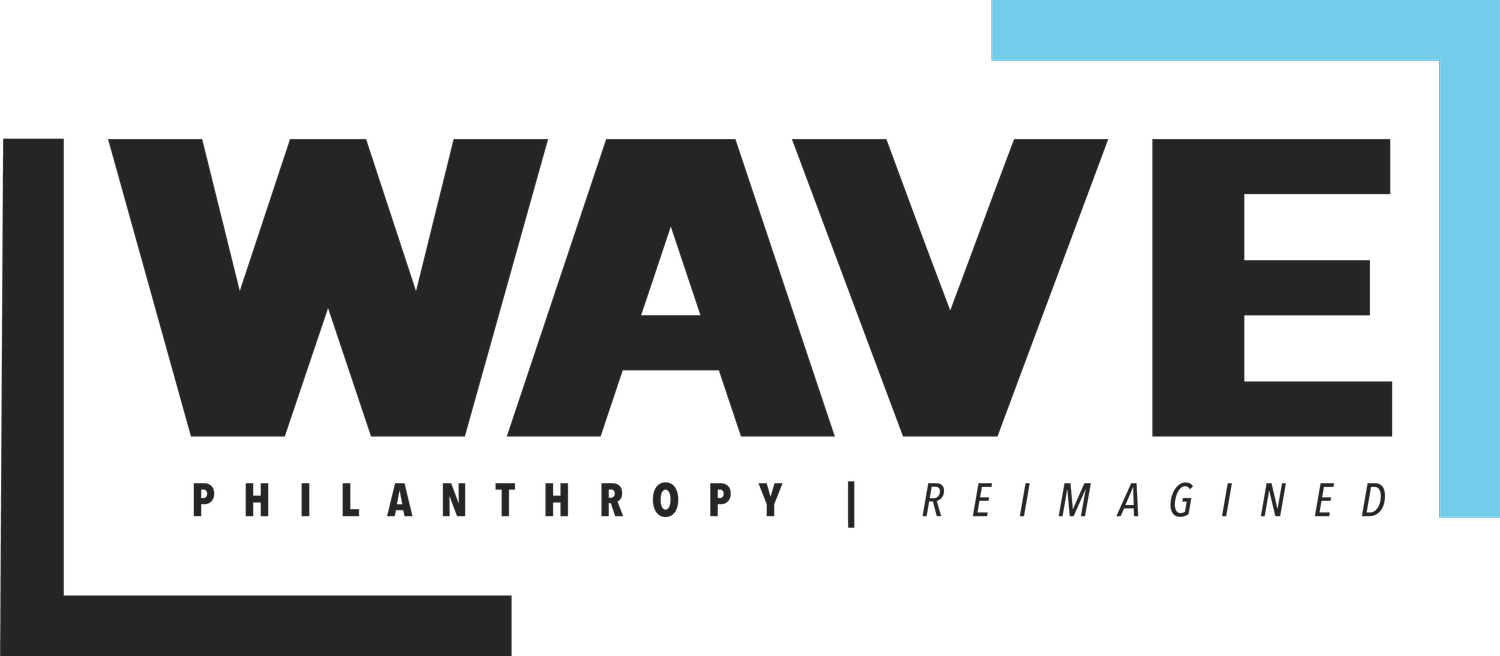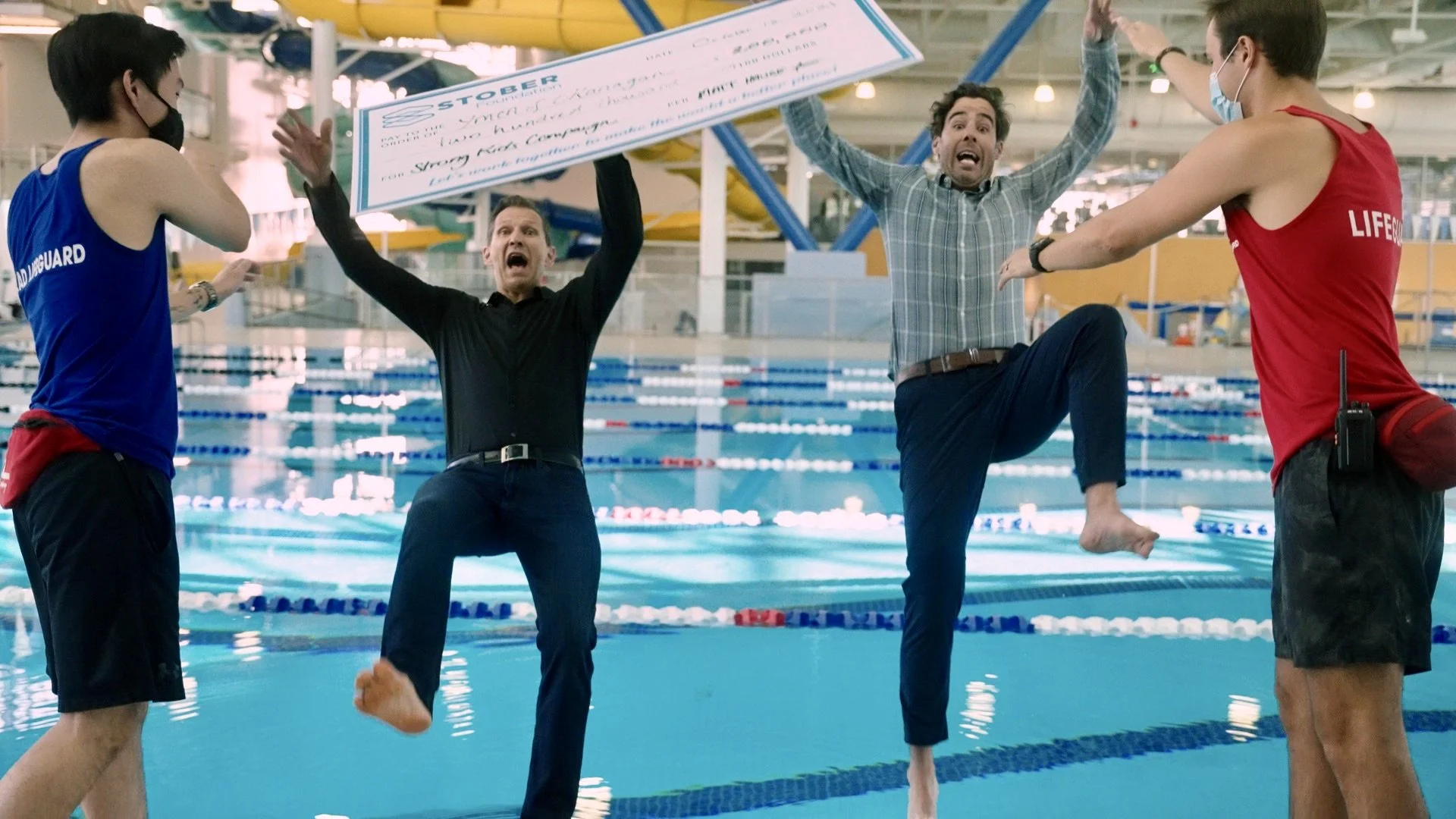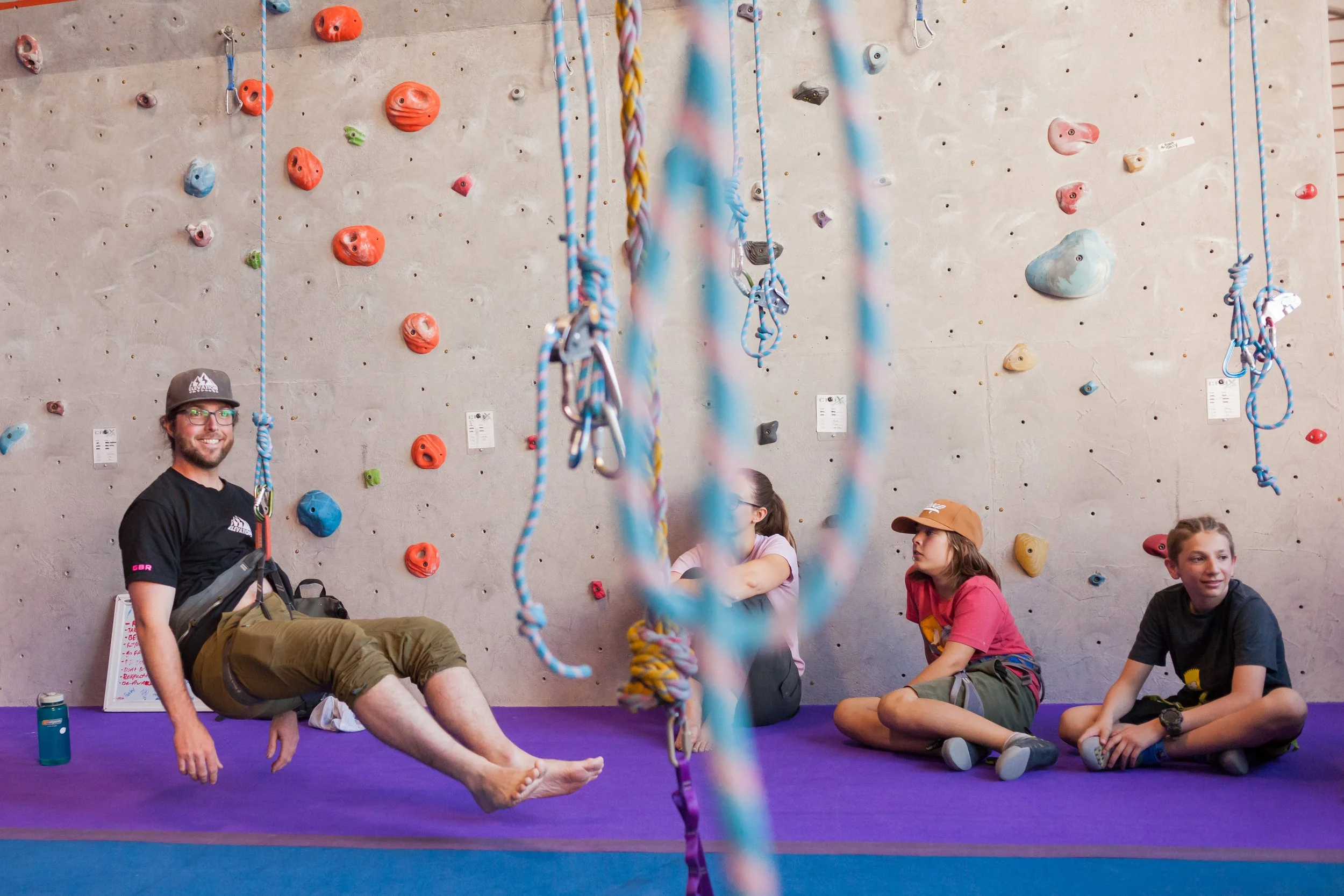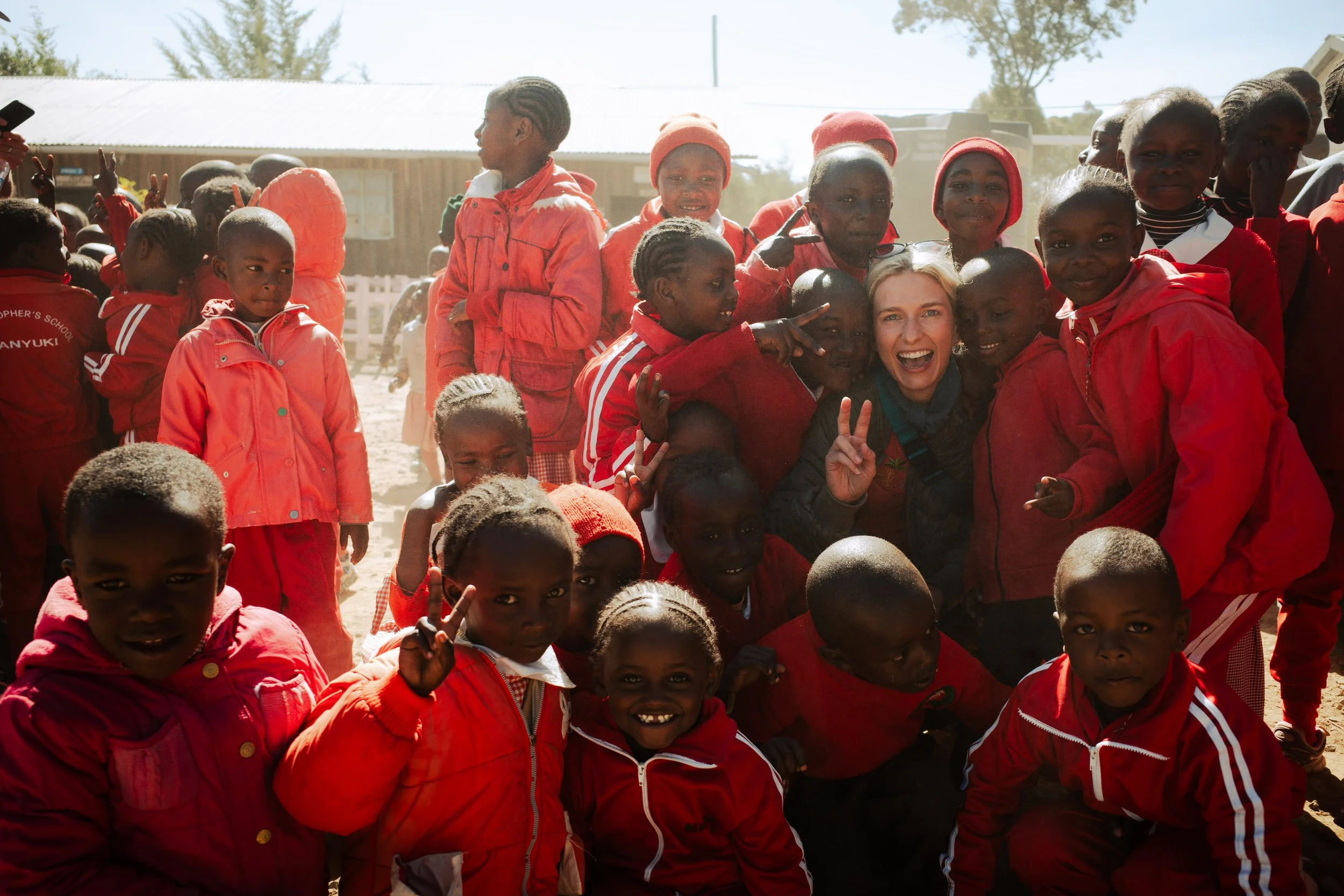Philanthropy in Motion: Why Experiencing Generosity Changes Everything
I’ve spent enough time in this work to know that philanthropy isn’t just about money. If it were, then all the world’s problems would already be solved. Philanthropy, in its truest form, is about connection—about seeing, touching, and experiencing what generosity does in the real world. That’s what I’ve built my career around, and that’s what I try to offer to the people I work with: a chance to live their generosity, not just fund it.
I think about all the moments that have shaped this belief. Sitting in an African schoolyard with Mary’s Meals, watching kids eat a simple bowl of porridge that meant the difference between dropping out and dreaming of a future. Traveling through Cambodian villages with HOPE International, watching a colleague experience firsthand how clean water and community gardens change the trajectory of lives. Rafting with CRIS Adaptive in Clearwater, the laughter of participants reminding me that inclusion isn’t an abstract concept, it’s joy in action. Nights like the Canucks Autism Network event, where Carey Price and his family showed up authentically, collapsing the space between sports hero and community hero. Or watching kids in Kelowna learn to snowboard for the first time with Elevation Outdoors, discovering resilience on the slopes and carrying that confidence back into their lives.
Each of these experiences has left an imprint on me, but more importantly, they’ve shown me something I wish every philanthropist could feel: the impact of their giving in real time. Because once you’ve stood in those places, once you’ve seen the faces and heard the stories, philanthropy stops being abstract. It becomes deeply personal.
Too often, giving is reduced to transactions. Write the cheque, collect the tax receipt, move on. But I believe that approach misses the best part. The best part is when you roll up your sleeves, step into a village, a school, a program, or an event, and allow yourself to be moved. When you sit with families, laugh with kids, share meals, or paddle the river together, you understand in a way no report or annual summary can ever capture. You understand because you’ve lived it.
That’s why I describe what I do as experiential philanthropy. I don’t just help clients decide where to give; I help them discover how to give in ways that will shape them and their families as much as they shape the organizations they support. It’s about building legacy not just through wealth, but through memory. I want families to look back and say, “We didn’t just donate—we were part of the story.”
There’s another layer to this, too. When philanthropy becomes experiential, it stops being about saviourism. It’s not about swooping in with resources and leaving. It’s about walking alongside communities, learning from them, being humbled by their resilience and creativity. It’s about realizing that generosity is reciprocal—we receive just as much, if not more, than we give.
Philanthropy in motion changes everything because it transforms us. It changes how we see ourselves, how we see the world, and how we define enough. It reminds us that the most meaningful legacies aren’t built on wealth alone, but on the ways we connect, share, and show up for one another.
That’s the heartbeat of Wave Philanthropy. It’s why I do this work. Not because I believe philanthropy is about answers, but because I believe it’s about presence. When we’re willing to step into the river, the classroom, the village, the snow, or the celebration—when we’re willing to be present—we experience the fullness of generosity. And once you’ve experienced it, you’ll never give the same way again.





